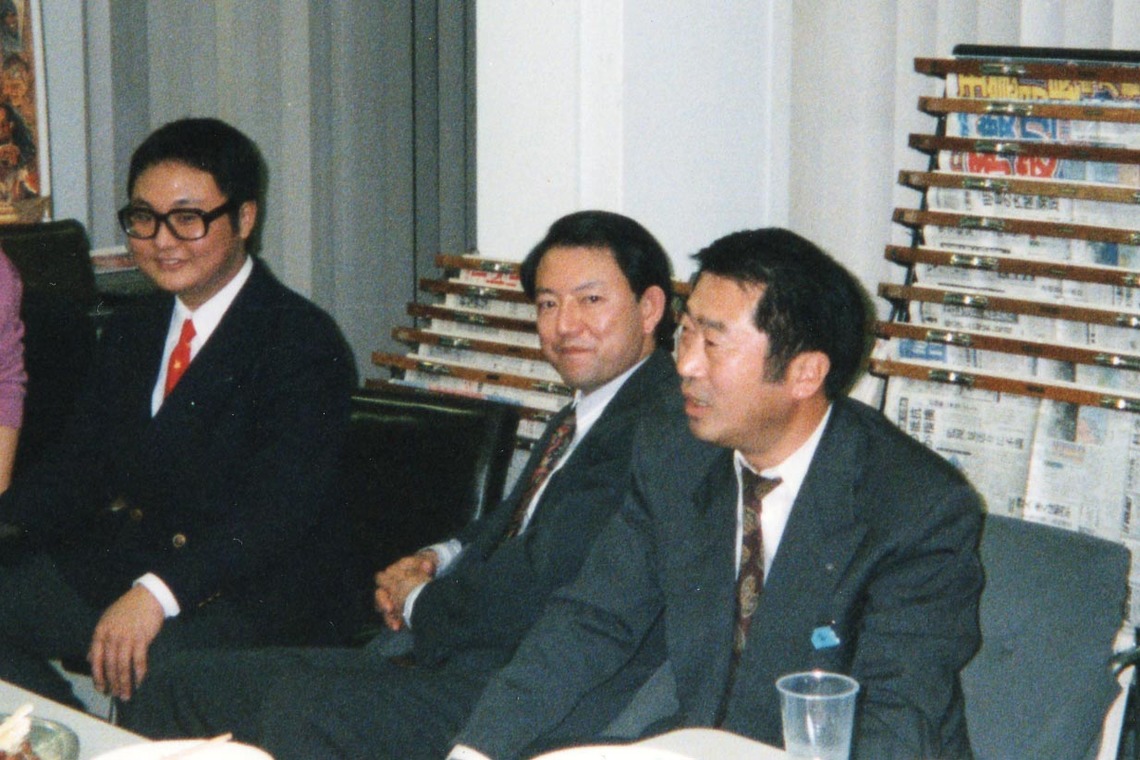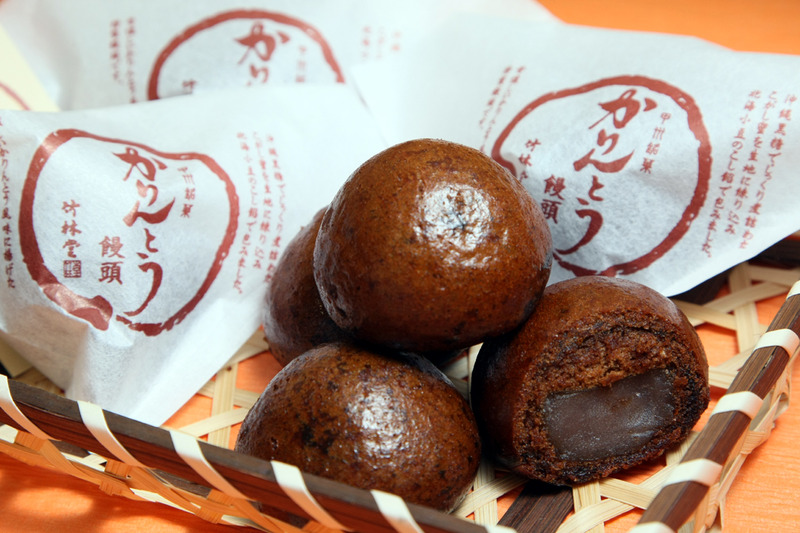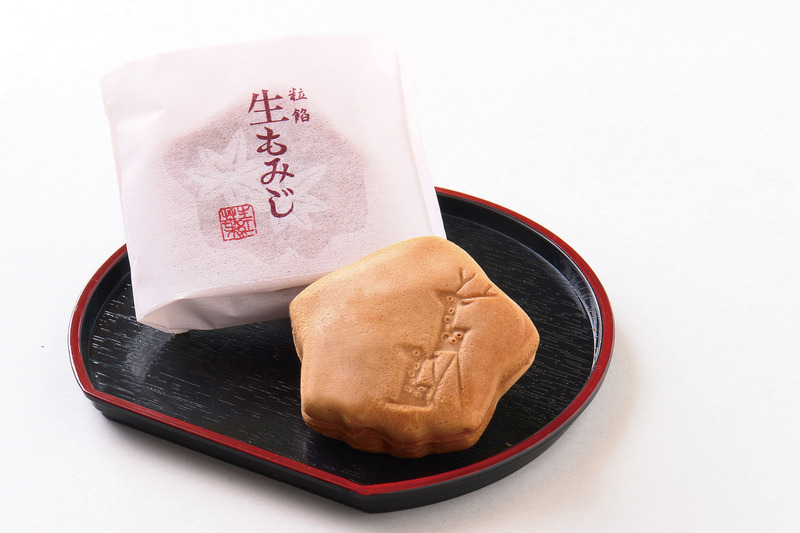Last time, we discussed how the essence of "Discovery Mode" for acquiring ideas is actually "organization" (even though it often feels like inspiration coming from outside). This time, we continue with the idea that "ideas are expressed in words."
 |
Right: the late Mr. Fujishima,
center is our senior team member Mr. Hatano,
and I'm on the left.
Somehow embarrassing...
|
I think it was around my fifth or sixth year at the company. While preparing for a presentation, my boss at the time, Yoshiyuki Fujishima, asked me, "So, what's the one-sentence summary of this proposal?" I was genuinely flustered, thinking, "That's exactly why I made this thick proposal document—because I can't sum it up in one sentence!" But what Mr. Fujishima really meant was, "Present your idea in simple, clear words."
Perhaps ideas don't always need to be put into words. For example, if the person who came up with it just shaped it directly, it could become a concrete plan. However, in an advertising agency, not only the client but also many staff members need to share a common understanding to create a consistent campaign. That's precisely why we have the habit of "expressing it in words."
But putting ideas—those "new perspectives for solving problems toward a goal"—into words is a bit tricky. Because while existing things have words to describe them, new perspectives often lack direct expressions.
This is where metaphors become effective. They borrow another thing (in this case, "explosion") as a simile to convey something, like "Art is an explosion."
Using metaphors allows you to convey your message intuitively. Even if you've never seen Taro Okamoto's work, hearing "art is an explosion" gives you a sense of what it means, right?
Browsing the online store "Yon'nana Club," which gathers regional gems not yet in the news, you'll find plenty of metaphors—likely because people across the country are taking on new challenges.
"Karin-tou Manju" is a Japanese-style sweet that seems like it should exist but doesn't: dough kneaded with brown sugar envelops sweet bean paste, then deep-fried for a crispy texture. Yet when described as "a manju with the flavor and texture of karin-tou," you can somehow picture the taste.
Hiroshima's hit product, the "Fresh Momiji Manju," was apparently developed after a customer remarked, "Kyoto has Yatsuhashi and Fresh Yatsuhashi, so why doesn't Hiroshima's Momiji Manju have a fresh version?" But Momiji Manju is characterized by its castella-style crust. What if we didn't bake it??? They apparently spent ten years of trial and error. Yet, when you taste the finished product, it's chewy and fresh. Truly a "fresh momiji manju." The metaphor creates a vivid image, allowing both the developers and the eaters to share the same vision.
Kochi has "Eatable Tomato Juice." This might have been inspired by "Eatable Chili Oil."
This is a major benefit of expressing ideas in words. I call it the "path of thought." Sometimes, adapting a structure that works well somewhere else to your own problem can unexpectedly open a path quite easily. That's why it's effective to express ideas in words and stockpile them.
Put another way, an idea is a "new perspective." It doesn't need to be absolutely unprecedented in history; it just needs to be relatively new—to the extent that no one, including competitors, has attempted it yet.
To advance toward the grand goal Mr. Kotaro Sugiyama speaks of—"the day ideas become Japan's world-class export industry"—we must not leave ideas vague and ambiguous. After all, no country imports such uncertain things. We must firmly grasp new perspectives with words.
Next time, I'll touch on the relationship between ideas and concepts, which has become increasingly unclear in this series.
Enjoy!
i From Kotaro Sugiyama, Creative Mind, Impress Japan, 2011.






